Welcome to the September edition of This Month in Things! Every month, we try to provide the interesting and important news you need on IoT; it's always quick, useful, and informative.
If you prefer video, be sure to check out the YouTube channel.
Let's dive in to this month's stories.
Scottish School Is First To Use Light-Based LiFi Networking
Kyle Academy in Ayr, Scotland, became the first to use LiFi for the internet. LiFi uses light to transmit data -- unlike WiFi, which uses radio waves.
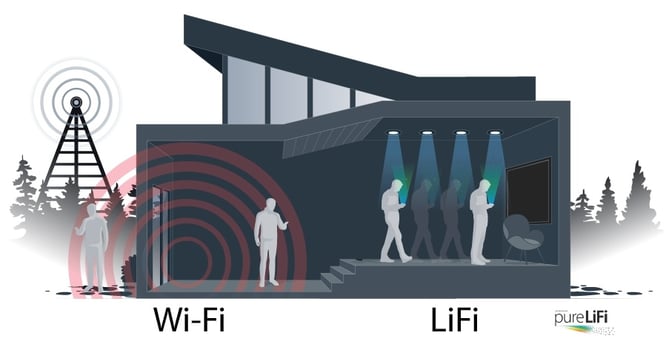
The school installed LiFi-enabled LED bulbs in the classroom, and each student has a LiFi-enabled receiver USB dongle, which intercepts the light from the bulbs and converts it to data. One LiFi-enabled bulb is powerful enough to transmit 42 Mbps.
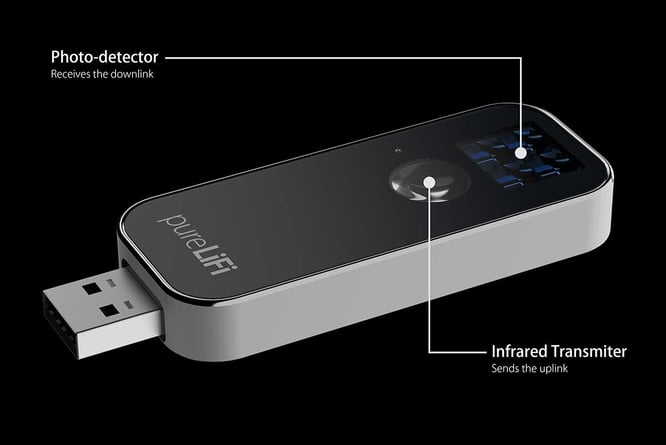
In their networking environment, LiFi is not a replacement for WiFi, but a supplement to it. Working together, the two will help reduce network congestion.
LiFi has obvious limitations; it can't operate without light. However, lights are ubiquitous, and certain environments are never without light. LiFi can provide a network for these unique use cases. PureLiFi, the company behind the technology says that "the goal is to have LiFi embedded in every wireless mobile device" -- in the same manner WiFi is today.
Safety-First AI for Autonomous Data Center Cooling and Industrial Control
Google’s DeepMind team successfully created an artificial intelligence (AI) that monitors and controls the heating and cooling of Google’s data centers to optimize energy efficiency. This system was an evolution of a recommendation system created in 2016 — the system made suggestions but didn’t implement them.
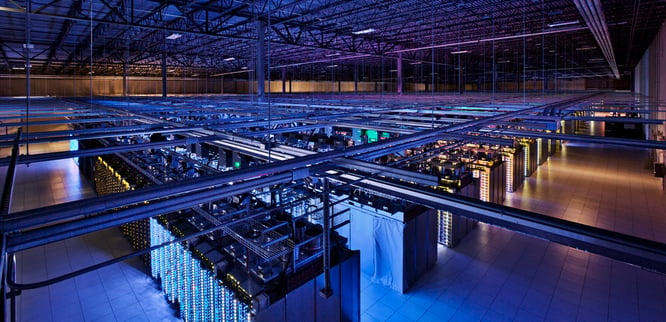
While making recommendations, the AI was able to discover new best practices to optimize energy efficiency. However, the data center operators found that implementing the recommended changes were cumbersome, which became the motivation for the AI-controlled system. Now, here is how the AI operates:
- Every five minutes, the AI grabs data from thousands of heating and cooling sensors.
- Sensor data is fed into a deep neural network to predict future energy consumption.
- AI creates optimized recommendations, which are verified by a human.
- If verified successfully, the AI will make all the necessary changes.
Google took all the necessary steps to ensure safety was a top priority — implementing human intervention for example — and proper AI validation and verification. This system is an excellent example of how IoT and AI work together to solve challenging problems.
Arduino Releases Command Line Interface
Arduino released a new CLI tool to help developers build using the Arduino toolchain as an alternative to the IDE. For example, you can install a library with a simple command such as:
arduino-cli lib install "WiFi101” “WiFi101OTA”
This new interface opens the door for better integrations with IDEs like Atom or Visual Studio Code. Currently, the CLI is in alpha and available on GitHub.
Verizon Adds Voice to Cat M IoT Network
Verizon is adding voice to their Cat M IoT network. Cat M is a low-power, long-range cellular network dedicated to IoT.
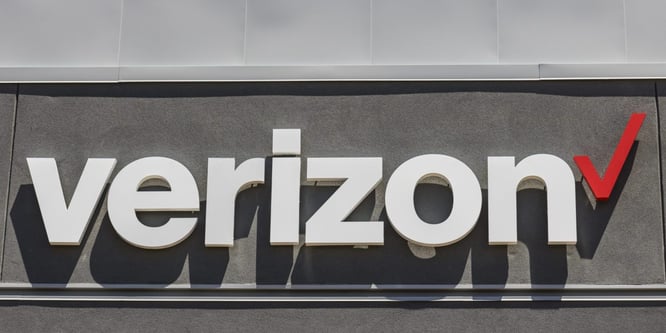
This month, Verizon released the Connected Mode Mobility, which through improving data transfers, will add voice capabilities to the network. This will enable a variety of new use cases. For example, using the enhanced network, Verizon customers can build a voice-enabled security application that leverage the efficient Cat M network. Verizon looks to be dedicated to supporting IoT, and its unique per use case requirements.
Colorado Installs “Smart Road” Product
The State of Colorado is installing smart sensors inside of their roads to measure speed, weight, and trajectory of vehicles that pass over it. This is possible due to a new, patented sensor by Integrated Roadways.
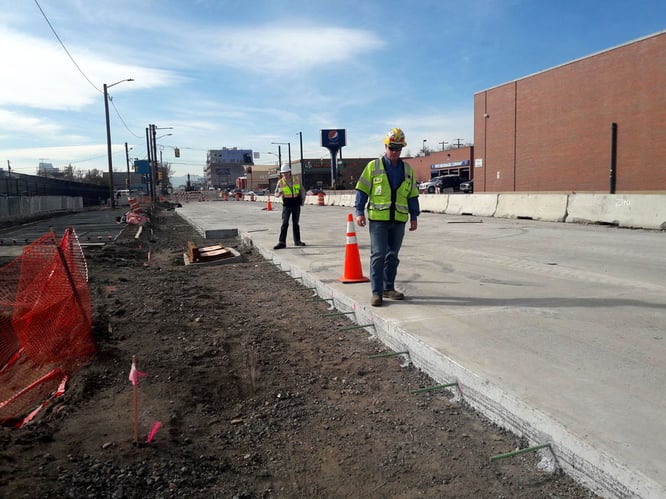
The sensor is a slab of concrete that contains the hardware sensors to detect the road conditions. When installed, the slab is masked around normal concrete and receives its power from the city's electrical grid.

Colorado gains the benefit of instant accidents alerts to authorities -- making them more proactive vs. reactive -- and obtaining the data to reconfigure highway lanes to reduce traffic congestion. If this project is successful, the State of Colorado will deploy this technology to other major highways.
Once installed, Integrated Roadways can sell the data to insurance companies that care about collision data, or even to real estate developers who are genuinely interested in traffic patterns.
That's a Wrap
That’s all for this month! Make sure to subscribe to stay tuned in to IoT. Until next time, Stay Connected.
